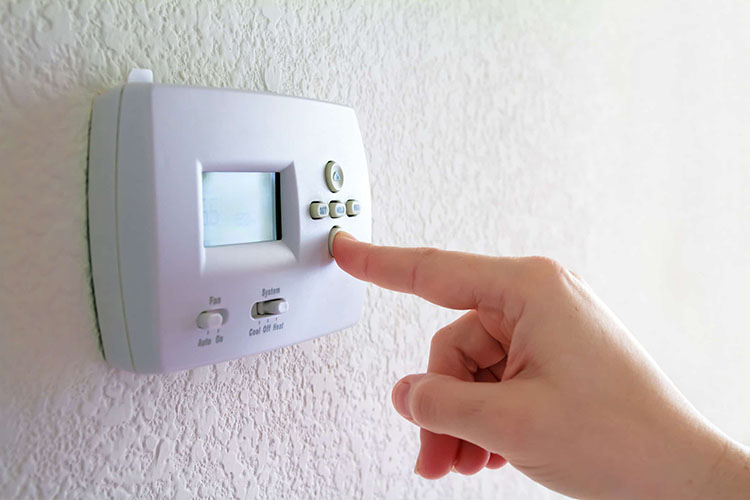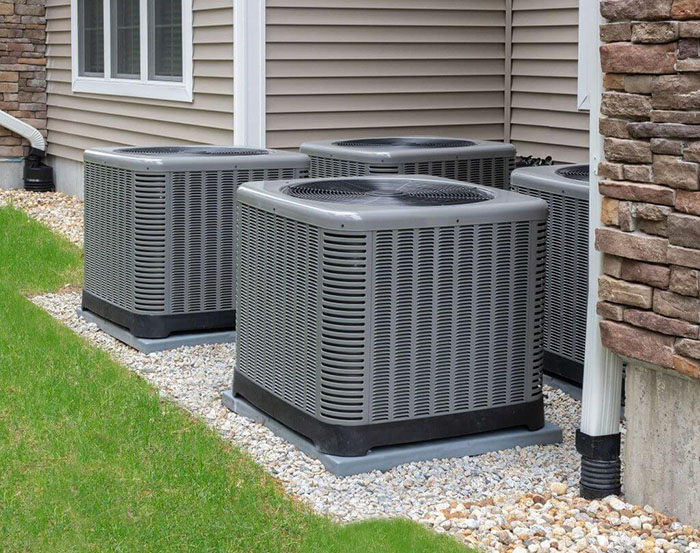How Much Does Air Conditioning Cost During The Summer In Arizona
The summer months in Arizona can be sweltering, with temperatures often reaching into the triple digits. As a result, air conditioning has become an essential item for many households and businesses throughout the state.
This article will provide information on types of systems used to cool homes and businesses as well as discuss various factors that influence air conditioning expenses such as size of space being cooled, type of system chosen and other related variables.
Finally, we’ll look at potential government incentives available to help offset some of these energy expenses. By understanding all aspects of using AC units during hot weather in Arizona, individuals can make more informed decisions when selecting appropriate cooling options for their own needs.

Factors Affecting Cost
The cost of air conditioning in Arizona during the summer depends on a variety of factors. These include the size and efficiency of the system, installation costs, maintenance requirements, energy costs, and local climate conditions.
The size and efficiency of an air conditioning system is determined by its cooling capacity or BTU rating. The larger the area to be cooled, the higher the BTU rating required for optimal performance. Higher-efficiency systems are more expensive initially but can save money over time due to their lower energy consumption rates.
Installation costs vary widely with complexity and type of equipment chosen. Maintenance requirements should be considered as well because regular servicing can prolong a system’s life span while reducing repair bills. Energy costs play an important role in overall expenses as electricity prices tend to increase during peak usage times such as summer months when temperatures soar in Arizona.
Lastly, local climate conditions can influence total cost since extreme heat may require additional modifications for maximum comfort levels.
Average Installation Rates
The average installation rate for air conditioning in Arizona during the summer months can vary significantly depending on a number of factors. The type and size of the system, as well as its energy-efficiency rating, will all have an impact on the cost. In addition, additional labor costs may be incurred if extra work is needed such as ductwork or electrical wiring.
On average, a standard central air conditioning unit with a three ton capacity (which is suitable for most residential homes) typically ranges from $2,400 to $4,000. This does not include any additional labor costs. Installation fees tend to increase when more complicated systems are installed including multi-zone cooling systems that require multiple indoor units connected to one compressor outside.
In this case, it’s important to get quotes from reliable contractors before making your final decision so you know exactly what to expect in terms of total cost.
Variable Costs And Fees
In addition to installation costs of air conditioning in Arizona during the summer months also requires variable expenses and fees. These may include utility charges for running the system, maintenance services such as filter replacements or duct cleaning, and repairs to address any possible malfunctions.
Moreover, if extra features are desired such as programmable thermostats or smart systems that automatically adjust temperatures based on usage patterns, then additional fees may be incurred. Furthermore, some companies offer warranties that cover certain repair costs but those come with their own added expense.
All of these factors should be taken into account when budgeting for an air conditioning system in Arizona’s hot summers. Ultimately, it is important to compare prices between different providers before making a purchase decision in order to ensure maximum cost-efficiency over time.

Common Maintenance Services
When it comes to air conditioning in Arizona during the summer, regular maintenance services are essential for keeping systems running properly and efficiently. Common air conditioning maintenance services in Scottsdale AZ include checking filters, cleaning the condenser coils, inspecting electrical components and testing refrigerant levels.
It is also important to check outside vents and drains for blockages. These tasks should be completed at least once a year or as recommended by the manufacturer.
In addition to these basic services, periodic replacement of parts may be necessary to ensure optimal performance of an air conditioning system. This can include replacing fan belts and motors, capacitors, contactors and relays.
Other common repairs include leak detection and repair of damaged line sets or evaporator coils. The cost of these additional services will depend on the complexity of the job and any special equipment that needs to be used.
Pros And Cons Of Air Conditioning In Arizona
The use of air conditioning in Arizona during summertime brings both advantages and disadvantages. The benefit of using air-conditioning is considerable, as it helps to reduce the heat index and make living spaces more comfortable and bearable. With a consistent temperature indoors, people can better regulate their body temperatures and thus have improved sleep quality.
Moreover, air conditioning also reduces humidity levels inside homes or offices, helping to prevent respiratory illnesses caused by mold growth or dust mites. On the other hand, running an AC unit increases electricity bills significantly due to its high energy consumption.
Furthermore, if not properly maintained, an AC could cause health issues such as headaches and breathing problems due to airborne contaminants being spread through the system’s ductwork. In addition to this, when used excessively without proper ventilation, air conditioners may produce excessive amounts of condensation that eventually lead to water damage in ceilings or walls.
Therefore, before deciding on installing an AC system for home cooling purposes in Arizona it is important to consider all these factors in order to choose the most suitable option for each particular situation.
Alternative Cooling Solutions
In Arizona, the high temperatures during the summer months can be unbearable. As a result, many people opt for air conditioning as a way to stay comfortable. However, installing an air conditioner and its subsequent running costs can add up significantly. For this reason, some individuals may choose alternative cooling solutions that are more cost-effective.
Evaporative coolers are one of the most popular alternatives in Arizona because they use far less electricity than standard AC units. They also require minimal maintenance and replacement parts, making them a great long-term investment.
Additionally, evaporative coolers provide natural ventilation by bringing in fresh outside air into your home or office space while releasing hot exhaust out through vents. This helps to create pleasant airflow throughout your environment without using any additional energy sources.
In addition, ceiling fans are another economical solution for circulating air within rooms and keeping occupants feeling refreshed even when temperatures rise outdoors.

Best Practices For Keeping Costs Low
When living in Arizona during the summer, air conditioning costs can be high. To keep air conditioning costs low, it is important to implement best practices for energy efficiency and conservation. One way to reduce cooling bills is through proper insulation of walls and ceilings which will help maintain cool temperatures indoors without straining the air conditioner.
Additionally, using ceiling fans or other types of ventilation systems along with an air conditioner helps circulate cold air throughout a home more efficiently. Reducing sun exposure by closing curtains and blinds also helps minimize heat buildup inside a house, as does keeping windows closed when possible.
Finally, setting thermostats at optimal levels based on household size and activity level can help save money while still providing adequate comfort levels indoors.







